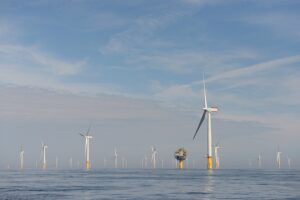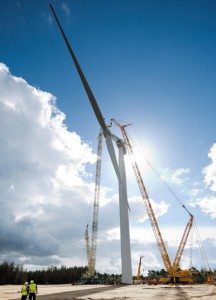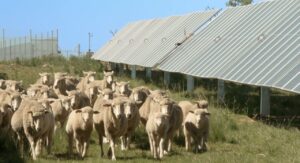Resurrected Australian wave power company Carnegie Clean Energy is poised to resume trading on the Australian stock exchange on Thursday, nearly eight months after it went into voluntary administration.
The company said this week that it had met the ASX conditions for its reinstatement, having also met the minimum subscription amount of $5.5 million in its capital raising – mostly from existing shareholders, with some funds from new third-party investors.
“Carnegie can now begin to rebuild and restart our efforts to create future shareholder value through wave energy related activities,” the company said.
But its overarching goal is to deliver a commercially successful large-scale deployment of the CETO technology within the next three to five years.
The company, which started its life as Carnegie Wave Power, is best known for its CETO wave energy generation technology, which is considered among the most advanced in the world.
But it went into voluntary administration in March when – after blowouts and losses in subsidiary microgrid business Energy Made Clean – the W.A. government terminated a $16 million project contract.
In its Annual Report, published this week, Carnegie chairman Terry Stinson said the business had experienced “a very significant cultural reset” during its decline into administration.
“Reflecting on the past two years and the process of coming back from the brink has served to teach us painful but important lessons that are not soon forgotten,” Stinson said.
“The board members and key staff have used this learning to bring the business back from administration as we believe in Carnegie and in wave energy.
“We continue to believe that our CETO technology, as part of the emerging wave energy industry, can be a major contributor to the reduction in harmful emissions and contribute to a cleaner world for generations to come.”
Stinson says the company’s strategy from here is to build on its 10 years plus of investment in intellectual property and “know-how” to derive future revenue from related licensing and royalties.
This would avoid the need for Carnegie shareholders to fund large capital infrastructure projects to demonstrate wave energy technical feasibility, as had been required in the past, he said.
Rather it would apply for appropriate government funding to support the development and commercialisation of the CETO technology, and secure industry partners or OEMs to support and finance a physical CETO build.
“The new Carnegie has a much simplified and easy to manage balance sheet with a more efficient commercialisation and technical development model facilitated by a lower cost digital development pathway,” Stinson said.
“The result should be significantly lower operational costs and, more importantly, far less capital cost required to achieve the same goal. The goal being a commercially successful large-scale deployment of the CETO technology within the next 3 to 5 years.”
Carnegie says it will have around $4.5 million in cash upon reinstatement to the ASX, which it expects will last well into 2021.
“During that time, the team will be working on additional sources of non-debt funding and working hard to avoid the need to come back to shareholders for further funds, however, to be transparent, future shareholder funding may be required to realise our full and longer-term potential,” Stinson said.










